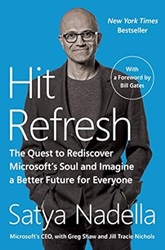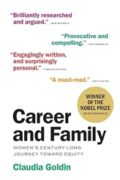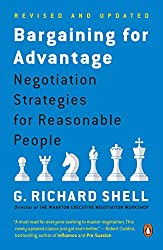
Rating: 7.2/10.
Hit Refresh: The Quest to Rediscover Microsoft’s Soul and Imagine a Better Future for Everyone by Satya Nadella
Book about the story of Microsoft’s current CEO, Satya Nadella, and was published in 2017, approximately three years after he took the helm; it describes his values, past successes, and future visions for the company. Nadella, who grew up in India, pursued his university education in Wisconsin, and joined Microsoft in 1992 shortly after moving to the U.S. During his tenure at Microsoft as an engineer, he oversaw the launch of the Bing search engine, which was developed to compete with Google, and he was the lead for Azure, Microsoft’s cloud computing platform and a competitor to Amazon’s AWS. He assumed the role of CEO in 2014.
The book discusses Nadella’s leadership principles, which were inspired by cricket, and his motivation drawn from the benefits of technology for humanity, particularly through his personal experience with his son, who was born with severe cognitive impairments. Nadella saw how Microsoft’s software could aid medical patients in need, integrating these insights into his vision for the company.
Soon after becoming CEO, Nadella faced the perception that Microsoft was struggling to innovate, particularly during Steve Ballmer’s tenure when the company fell behind in the mobile revolution. With Windows Phone significantly trailing behind Android and Apple’s iPhones, one of Nadella’s first major decisions was to write off the Nokia acquisition, effectively exiting the mobile phone market. Determined not to repeat past mistakes, he emphasized the importance of innovation to avoid falling behind competitors and invested significantly in the Azure Cloud platform, aiming to close the gap with AWS. At a leadership retreat, Nadella stressed the need for taking responsibility rather than waiting for someone else in the bureaucratic chain to address issues.
Another key strategy Nadella implemented was forming partnerships rather than focusing solely on competition. Early in his tenure, Azure embraced Linux and open-source technology, moving away from an exclusive reliance on Windows’ own software. This approach extended to partnerships with companies like Apple, ensuring that Microsoft software was available on Apple’s devices, rather than directly competing with them. Similar partnerships with Samsung and Yahoo involved compromises and seeking win-win solutions, which helped avoid costly litigation.
A third crucial value Nadella emphasized during his tenure at Microsoft is trust and privacy. An example is when the company, facing pressure from North Korea, pushed back against censorship demands related to a satirical film. Similarly, Microsoft, along with Apple, resisted requests from government agencies seeking access to private data stored on Microsoft’s servers. Nadella recognized that trust is vital for the steady, future growth of the platform and for maintaining its health.
The latter half of the book, however, is somewhat disappointing. It primarily discusses speculative ventures in virtual reality, AI, and quantum computing that, at the time of writing, had not yet come to fruition. Additionally, there are several chapters that are unspecific to Microsoft, exploring the broader economic impacts of technology on future growth and in developing countries. These sections sounded like filler to extend the book’s length.



